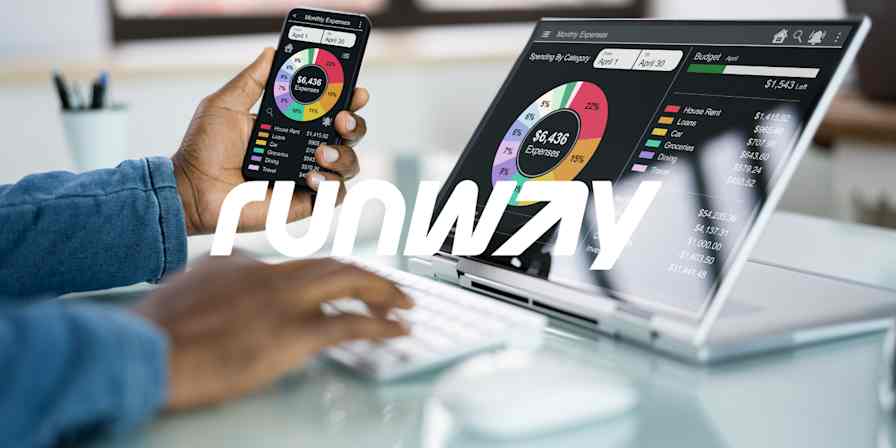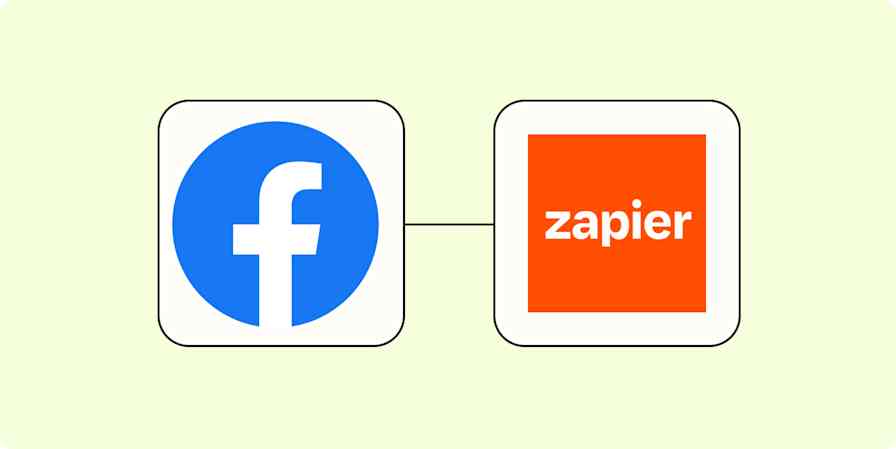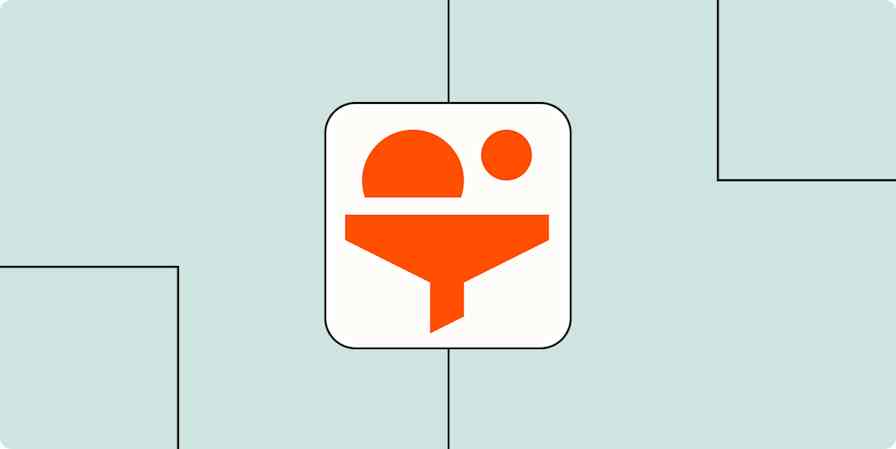Automation inspiration
7 min readHow to build a scalable, automated lead capture system for all your channels
By Danielle Lapierre · October 16, 2024

Get productivity tips delivered straight to your inbox
We’ll email you 1-3 times per week—and never share your information.
Related articles
Improve your productivity automatically. Use Zapier to get your apps working together.









